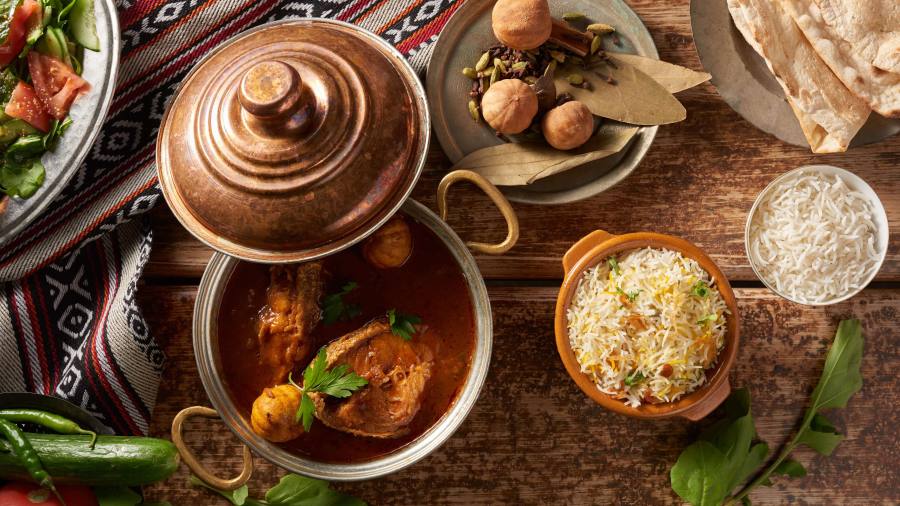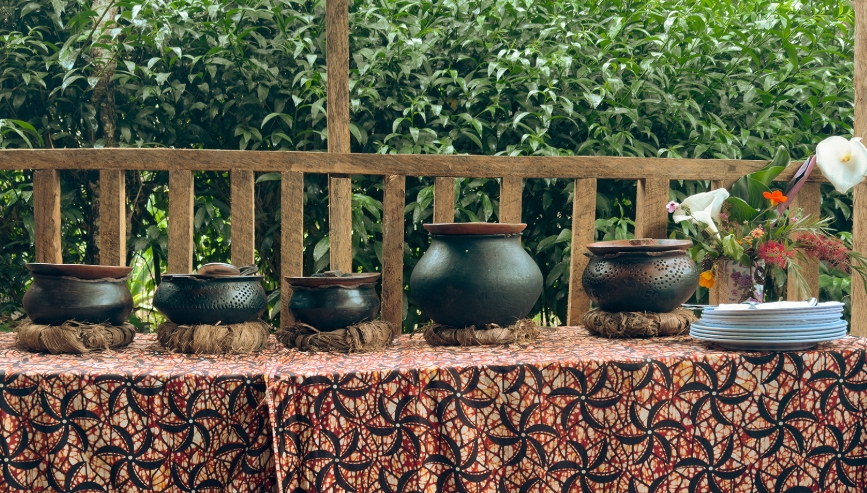Delicious Mexican
Tamales
Tamales are more than just a dish; they're a culinary tradition that has captivated taste buds for generations. These corn husk-wrapped delights are a testament to the rich culinary heritage of Mexico. Let's embark on a journey to create these mouthwatering morsels in your own kitchen.
Chef's Notes:
- Tamales are a beloved Mexican dish of masa dough and fillings, steamed in corn husks or banana leaves.
- While time-intensive, making tamales is a rewarding process that often brings people together in a communal cooking experience.
- The versatility of tamales allows for a wide range of fillings, from savory meats to sweet fruits, making them adaptable to various tastes.
What Are Tamales?
Tamales are pockets of joy crafted from masa (corn dough), filled with savory or sweet ingredients, and lovingly wrapped in corn husks or banana leaves before being steamed to perfection. These little bundles of flavor have been satisfying appetites for millennia.
Originating in ancient Mesoamerica, tamales were prized for their portability and nutritional value. They've stood the test of time, evolving from a practical food for travelers to a cherished dish often associated with celebrations and family gatherings in modern Mexican culture.
Ingredients You'll Need
For the masa dough:
- 6 cups masa harina (corn flour)
- 2 teaspoons salt
- 2 teaspoons ground cumin
- 1 teaspoon baking powder
- 3/4 cup corn oil or avocado oil
- 6 cups chicken or vegetable broth
For the filling (chicken in red sauce):
- 4 1/2 pounds chicken pieces
- 2 onions, sliced
- 16 garlic cloves
- 2 bay leaves
- 2 ancho chiles, deseeded
- 3 guajillo chiles, deseeded
- 5 Roma tomatoes, halved
- 1 teaspoon cumin seeds
- Salt and pepper to taste
Additional:
- 1 package dried corn husks
- Salsa for serving
Preparing the Corn Husks
The first step in your tamale-making adventure is preparing the corn husks:
1. Submerge the corn husks in a large bowl of hot water.
2. Allow them to soak for approximately 30 minutes.
3. Once pliable, remove from water and pat dry.
This process ensures your husks are flexible enough to wrap and fold without cracking or breaking during the assembly process.
Making the Filling
The filling is where your tamales truly come to life. Here's how to prepare a classic chicken in red sauce:
1. Season chicken pieces generously with salt and pepper.
2. Brown the chicken in a large pot with hot oil.
3. Add onions, garlic, bay leaves, and cumin seeds, cooking until aromatic.
4. Incorporate chiles and tomatoes, then add enough stock to cover the chicken.
5. Let it simmer for 1-2 hours until the chicken is fork-tender.
6. Shred the chicken and mix it back into the reduced, flavorful sauce.
This filling will infuse your tamales with a rich, slightly spicy flavor that's simply irresistible.
Preparing the Masa Dough
The masa dough is the foundation of your tamales. Here's how to create the perfect consistency:
1. Combine masa harina, salt, cumin, and baking powder in a large bowl.
2. Incorporate the oil, mixing until the texture resembles coarse sand.
3. Slowly add stock, mixing until you achieve a soft, spreadable consistency.
4. Beat the mixture on high speed for several minutes until light and airy.
The ideal masa should spread easily, similar to creamy peanut butter, striking a balance between too dry and too wet.
Assembling the Tamales
Now for the most enjoyable part – bringing your tamales together:
1. Place a softened corn husk on a flat surface, smooth side facing up.
2. Spread about 1/4 cup of masa on the wider end, leaving a border around the edges.
3. Add a spoonful of filling in the center of the masa.
4. Fold one side of the husk over the filling, then the other, creating a seam.
5. Fold the narrow end of the husk upwards.
6. Optionally, secure the tamale with a thin strip of corn husk.
Don't worry if your first attempts aren't picture-perfect – with practice, you'll soon be a tamale-wrapping pro!
Cooking the Tamales
Steaming is the traditional and best method for cooking your tamales:
1. Prepare a steamer by placing a basket in a large pot with water just below the basket level.
2. Arrange the tamales upright in the steamer, open end facing up.
3. Cover and steam for approximately 1-1.5 hours.
4. Check periodically and add more water if necessary.
5. Tamales are ready when the masa easily separates from the husk.
As the tamales steam, your kitchen will be filled with an enticing aroma that's sure to make mouths water.
Serving and Enjoying
The moment you've been waiting for – time to savor your homemade tamales:
1. Carefully unwrap a tamale, removing and discarding the corn husk.
2. Serve the tamales hot, accompanied by your favorite salsa or sauce.
3. Complete your meal with sides like Mexican rice or a crisp salad.
Remember, the joy of tamales lies not just in eating them, but in the communal experience of making them. Consider hosting a tamalada to share the fun with loved ones!
Storing and Reheating
If you're lucky enough to have leftovers, here's how to store and reheat your tamales:
- Keep in an airtight container in the fridge for up to 3 days.
- For extended storage, freeze for up to 3 months.
- To reheat, steam for about 15 minutes if refrigerated, or 25 minutes if frozen.
- For a quick option, microwave wrapped in damp paper towels.
Nutrition Facts
Nutrient amount per serving:
-
- Calories: 250
- Total Fat: 14g
- Saturated Fat: 2g
- Cholesterol: 25mg
- Sodium: 400mg
- Total Carbohydrates: 25g
- Dietary Fiber: 2g
- Protein: 10g
Note: Nutritional values may vary based on specific ingredients and serving sizes.
FAQs
How much time does it take to make tamales?
Tamale-making is a labor of love that typically takes several hours. While the filling and masa can be prepared ahead of time, the assembly and cooking process usually requires 2-3 hours.
Is it possible to make vegetarian tamales?
Certainly! Tamales can be filled with beans, cheese, vegetables, or even fruits for sweet versions. Simply use vegetable stock in place of chicken stock for the masa.
What causes tamales to be dry?
Dry tamales often result from insufficient liquid in the masa or excessive cooking time. Ensure your masa is moist and spreadable, and be careful not to steam the tamales for too long.
Can tamales be made without corn husks?
While corn husks are traditional, alternatives like parchment paper or banana leaves can be used. Each wrapper will impart a slightly different flavor to your tamales.
How can I tell when tamales are fully cooked?
Tamales are done when the masa easily separates from the husk and feels firm to the touch. When in doubt, it's better to cook a bit longer rather than risk undercooking.






























 Must Try Foods
Must Try Foods
 Gastronomy Cities
Gastronomy Cities
 Chef's Talk
Chef's Talk